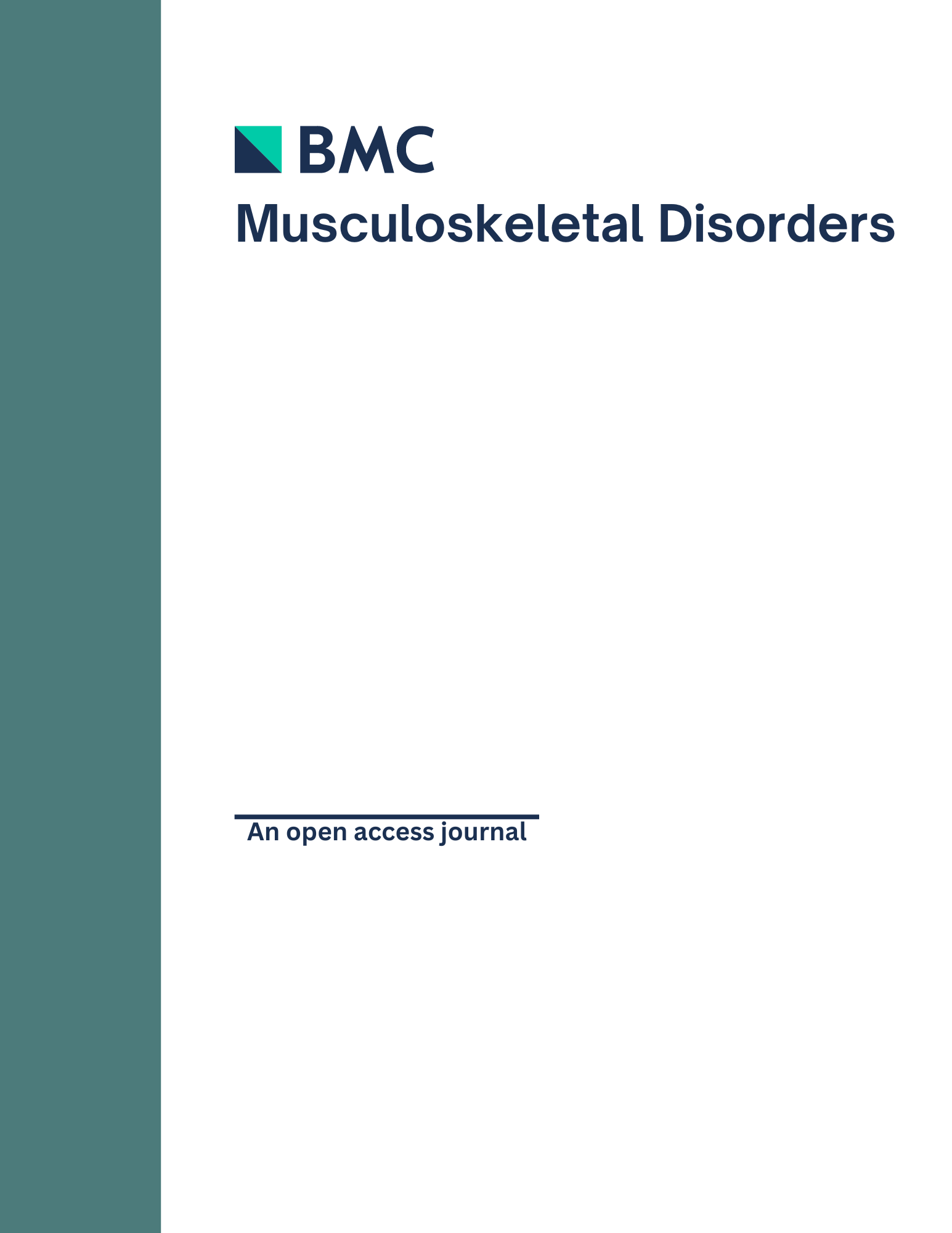
Physiotherapist-led exercise & education improves pain for arthroplasty waitlist patients

Physiotherapist-led exercise & education improves pain for arthroplasty waitlist patients
Significant improvements in pain after a six-week physiotherapist-led exercise and education intervention, in patients with osteoarthritis awaiting arthroplasty, in South Africa: a randomised controlled trial
BMC Musculoskelet Disord. 2016 May 27;17(1):236Did you know you're eligible to earn 0.5 CME credits for reading this report? Click Here
Synopsis
74 patients with hip or knee osteoarthritis on a waitlist to undergo arthroplasty were randomized to receive either six physiotherapist-led group-based sessions consisting of education, exercise, and relaxation, or to control intervention of usual care. The purpose of this study was to determine if physiotherapy sessions administered to patients on arthroplasty waiting lists would be effective in managing pain outcomes. Secondary outcomes included disability and function outcomes, as well as self-efficacy and health-related quality of life. Findings indicated significantly lower Brief Pain Inventory scores of severity and interference scores in the therapy group compared to the control group. Significant short-term efficacy was also observed in the therapy group for health-related quality of life scores and self-efficacy; however, long-term effectiveness was comparable to the control group. Disability and function outcomes were also comparable between groups.
Was the allocation sequence adequately generated?
Was allocation adequately concealed?
Blinding Treatment Providers: Was knowledge of the allocated interventions adequately prevented?
Blinding Outcome Assessors: Was knowledge of the allocated interventions adequately prevented?
Blinding Patients: Was knowledge of the allocated interventions adequately prevented?
Was loss to follow-up (missing outcome data) infrequent?
Are reports of the study free of suggestion of selective outcome reporting?
Were outcomes objective, patient-important and assessed in a manner to limit bias (ie. duplicate assessors, Independent assessors)?
Was the sample size sufficiently large to assure a balance of prognosis and sufficiently large number of outcome events?
Was investigator expertise/experience with both treatment and control techniques likely the same (ie.were criteria for surgeon participation/expertise provided)?
Yes = 1
Uncertain = 0.5
Not Relevant = 0
No = 0
The Reporting Criteria Assessment evaluates the transparency with which authors report the methodological and trial characteristics of the trial within the publication. The assessment is divided into five categories which are presented below.
3/4
Randomization
3/4
Outcome Measurements
4/4
Inclusion / Exclusion
3/4
Therapy Description
4/4
Statistics
Detsky AS, Naylor CD, O'Rourke K, McGeer AJ, L'Abbé KA. J Clin Epidemiol. 1992;45:255-65
The Fragility Index is a tool that aids in the interpretation of significant findings, providing a measure of strength for a result. The Fragility Index represents the number of consecutive events that need to be added to a dichotomous outcome to make the finding no longer significant. A small number represents a weaker finding and a large number represents a stronger finding.
Why was this study needed now?
Arthroplasty procedures represent a successful management strategy for end-stage osteoarthritis but are often associated with long wait times that can exceed 1 year, especially for patients in lower-income countries. The use of exercise and education for patients on a wait-list for an arthroplasty procedure has shown promising results in high-income countries, however, the majority of these studies have focused on interventions during short waiting periods. The paucity of evidence evaluating the effects of exercise and education in a low-income country with longer waiting periods indicated the need for this trial.
What was the principal research question?
Does a six-week long physiotherapist-led exercise and education program improve the management of pain in patients with osteoarthritis waiting for an arthroplasty procedure?
What were the important findings?
- The Therapy group demonstrated significantly lower pain severity scores compared to the Control group at week 6 (MD: 2.44 [95% CI 0.41, 1.41]; p<0.01) and at 6-month follow-up (MD: 2.24 [95% CI 0.26, 1.2]; p=0.02)
- The Therapy group demonstrated significantly lower pain interference scores compared to the Control group at week 6 (MD: 2.95 [95% CI 0.7, 1.69]; p<0.01), week 12 (MD: 2.03 [95% CI 0.2, 1.14]; p=0.04), and at 6-month follow-up (MD: 2.69 [95% CI 0.49, 1.45]; p<0.01)
- The Therapy group demonstrated greater self-efficacy compared to the Control group at week 6 (MD: 1.72 [95% CI 0.28, 1.22]; p=0.03); however, results were comparable between groups at week 12 and 6-month follow-up
- The Therapy group demonstrated greater health-related quality of life compared to the Control group at week 12 (MD: 0.26 [95% CI 0.24, 1.18]; p=0.03) but were comparable between groups at week 6 and 6-month follow-up
- No significant differences were reported between groups for HAQ disability index scores, the HAQ pain visual analogue scale, or physical performance task battery test parameters.
What should I remember most?
In the management of pain in patients with osteoarthritis awaiting arthroplasty, physiotherapist-led exercise and education treatment sessions led to patients reporting less pain severity and interference compared to usual care after 6 months of follow-up. Self-efficacy and health-related quality of life were better in the short-term in the therapy group; however disability and function were both comparable to the control group.
How will this affect the care of my patients?
The results of this study suggest that physiotherapist-led education and exercise sessions for patients with knee or hip OA and awaiting arthroplasty may be effective in managing pain severity and interference. Future trials should determine the long-term and postoperative effects of treatment.
Learn about our AI Driven
High Impact Search Feature
Our AI driven High Impact metric calculates the impact an article will have by considering both the publishing journal and the content of the article itself. Built using the latest advances in natural language processing, OE High Impact predicts an article’s future number of citations better than impact factor alone.
Continue



 LOGIN
LOGIN

Join the Conversation
Please Login or Join to leave comments.